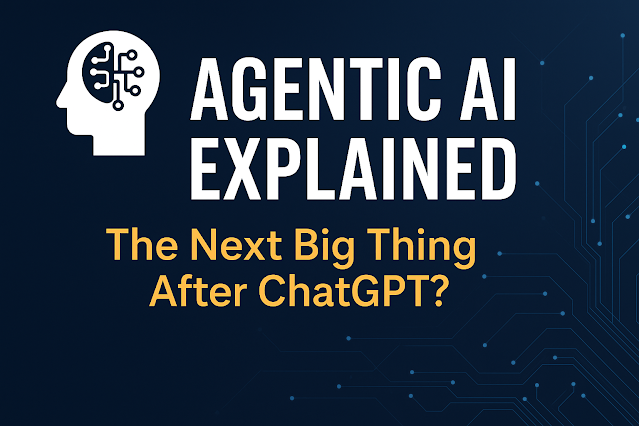5G-Advanced (5.5G) vs 6G: What You Need to Know in 2025
The Next Generation Is Here… Almost
The world is already embracing 5G-Advanced (also
called 5.5G), while early research and trials into 6G are picking
up speed. If you're wondering whether to be excited, confused, or both—you’re
not alone.
This post explains:
- What
5G-Advanced is and why it matters
- How
it’s different from 6G
- Real-world
use cases emerging in 2025
- And
what to expect by 2030
📡 What is 5G-Advanced (5.5G)?
5G-Advanced, also called Release 18 by 3GPP,
is an upgraded version of 5G.
It adds:
- 10x
better energy efficiency
- Sub-centisecond
latency
- Enhanced
support for AI-driven network optimization
- Uplink
speed boost (critical for real-time uploads like AR/VR and drones)
💡 It's the bridge between 5G and 6G—faster, smarter, and far more capable.
🔭 What About 6G?
6G is not commercial yet, but research is booming.
Expected features of 6G (by ~2030):
- Speeds
of 1 Tbps
- AI-native
networking (AI built into the network infrastructure)
- Terahertz
communication (100–3000 GHz)
- Holographic
communication & XR realism
- Extreme
reliability for autonomous systems
Leading players like Huawei, Nokia, Ericsson, Samsung,
and NTT Docomo are already testing 6G concepts.
5G-Advanced vs 6G: Key
Differences
|
Feature |
5G-Advanced
(5.5G) |
6G
(Expected) |
|
Speed |
Up to 10 Gbps |
Up to 1 Tbps |
|
Latency |
~1 ms |
<0.1 ms |
|
Frequency
Band |
Sub-6 GHz,
mmWave |
Terahertz
(THz) |
|
Use Cases |
Smart cities,
AR/VR, IoT |
Holography,
autonomous AI, tactile internet |
|
Commercial
Year |
2024–2027 |
~2030 onward |
Real-World Use Cases of
5G-Advanced in 2025
- Industrial
automation: High-reliability wireless for robotics
- Immersive
AR/VR: Ultra-low latency improves virtual experiences
- Smart
healthcare: Real-time diagnostics and remote surgeries
- Autonomous
vehicles: Better car-to-infrastructure communication
Analysts predict that
over 40% of 5G deployments in Asia and Europe will adopt 5G-A features
by the end of 2025.
Where Does This Leave Consumers?
- You
won’t need a 6G phone yet.
But 5G-A smartphones are launching now (e.g., from Samsung, Huawei, and Xiaomi). - Your
data speeds will feel faster, especially for uploads (cloud gaming,
live streaming).
- AI-driven
connectivity will adjust your network dynamically—faster Wi-Fi
offloading, smoother video calls, better coverage indoors.
What to Expect from 6G
- 2026–2028:
Early testbeds in Japan, South Korea, Germany
- 2028–2029:
Standards defined (ITU/3GPP)
- 2030
onward: Commercial rollout begins, likely with enterprise-first models
Final Thoughts
In 2025, 5G-Advanced is the real deal—not just a
buzzword. While 6G remains futuristic, its building blocks are already taking
shape in research labs and pilot zones.
So if you’re buying new tech or building apps, think 5G-A
now and 6G next.







Comments
Post a Comment